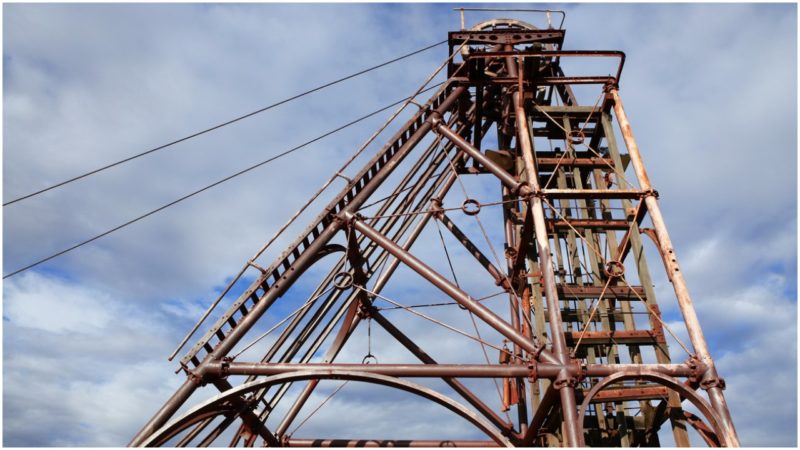At the time of it’s closure in 2008, Tower Colliery was the oldest working deep coal mine in Britain and the last of it’s kind to operate in the Valleys of South Wales. Located close to the villages of Hirwaun and Rhigos, it took it’s name from a nearby folly called Crawshay’s Tower. During it’s lifetime, 14 seams were worked by Tower Colliery and nearby mines on land leased by Tower, a total area of 547 acres. Tower Colliery was once the largest employer in the valley of Cynon.
Drift mining, a process of underground mining used when coal is very close to the surface, is known to have taken place in the area since at least 1805. Local miners were able to cut horizontally into the coal seam from Hirwaun Common.
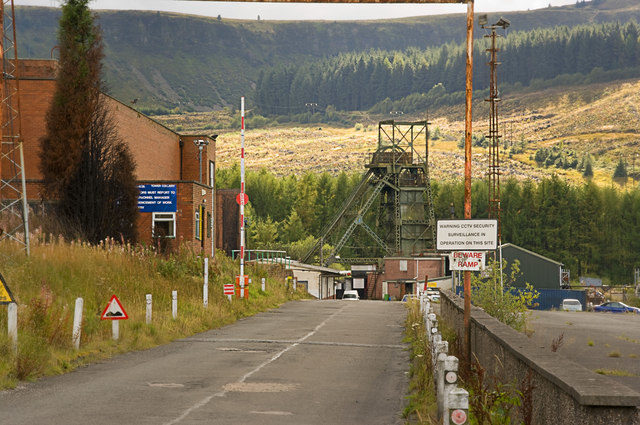
Tower was initially established in 1864 as a drift and mining continued in this manner for many years. In 1941 a shaft was created to the depth of 525 feet. This was used as the main return ventilation shaft and for transportation of the miners. In 1958 No. 3 drift was linked up with the No. 4 shaft workings. This became the main intake ventilation shaft, as well as being used for transporting coal to the surface and to take down to the mining areas any materials and tools that the miners needed.
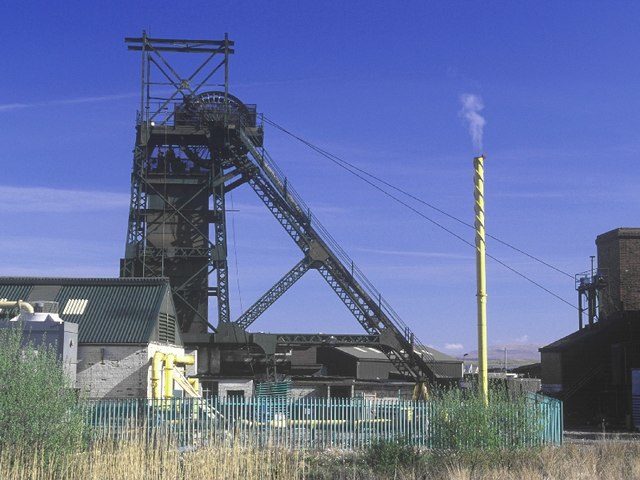
The coal deposits at Tower were of the highest quality. Once raised to the surface, the coal was processed on site in the coal preparation plant that was built during the 1980s.
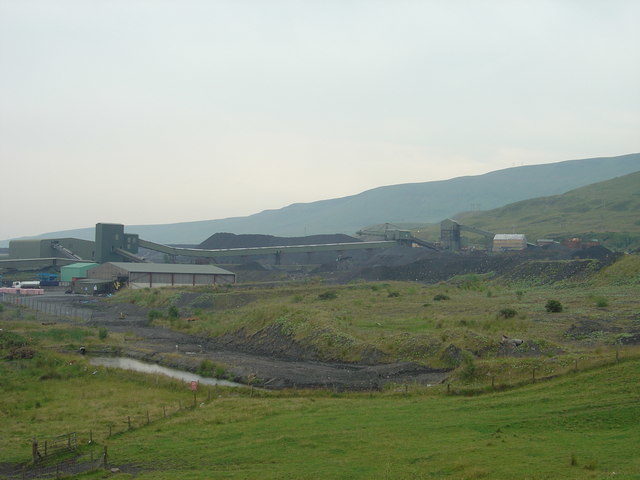
The prolonged UK miner’s strike in 1984-5, led by Arthur Scargill of the National Union of Mineworkers, was a protest against planned mine closures by the government agency, the National Coal Board (renamed the British Coal Corporation in 1987). It effectively brought the already declining British coal industry to a standstill, but in the end was unsuccessful in protecting the thousands of jobs at risk.
Once the strike was over, the National Coal Board was fully authorized to shut down a large number of mines located in the United Kingdom, quoting various economic reasons. Tower Colliery was one of those earmarked for closure and this was to take place in 1994.
In the mean time, the underground working tunnels extended so far that they connected with the neighboring Mardy Colliery and coal from these workings was also raised up to the ground at Tower.
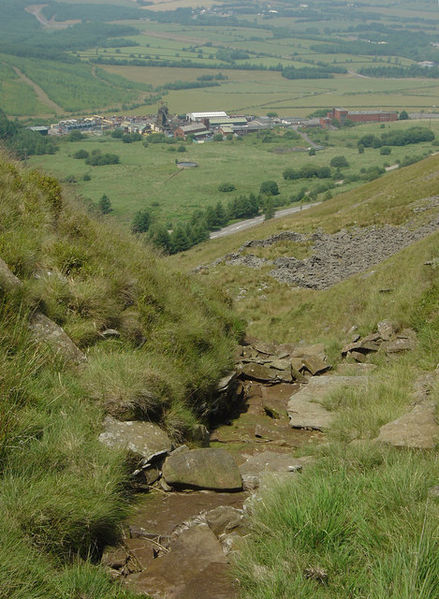
The miners, under the leadership of Tyrone O’Sullivan, set up the Tower Employees Buy-Out, TEBO. Almost 240 miners placed £8,000 out of their own redundancy pay to purchase back their mine. After initial negotiations, they settled for a sum of two million pounds. Once the agreement was signed and the miners got what they wanted, work at the mine was resumed on January 2, 1995.
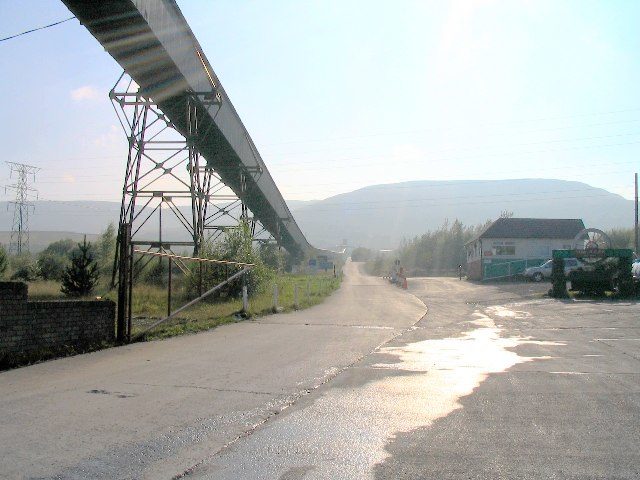
To celebrate, balloons filled helium were released into the air, one for each miner. Tower was mined successfully for a further 13 years. When the last coal reserves at this shafts were extracted the mine had no choice but to close – again.
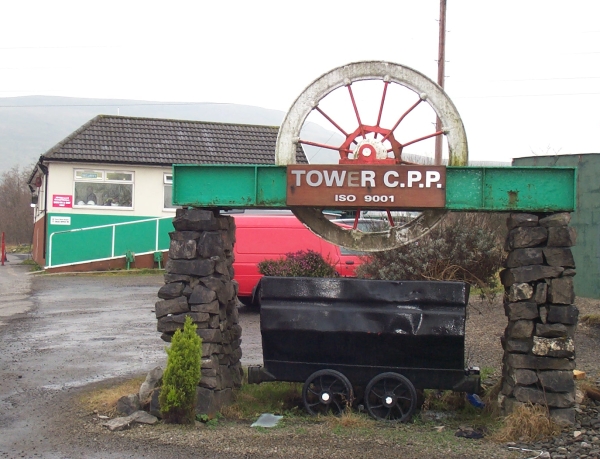
It did so on January 25, 2008. Two years later it was proposed to once more extract coal from this site, but this time by using the open pit technique. The extracted coal would then be transported by train to Aberthaw Power Station.
In 2012, a partnership named Tower Regeneration Ltd was formed between Hargreaves Services plc and Tower Colliery Ltd. This is a project to extract any remaining coal accessible by surface mining and to restore the site to nature.
